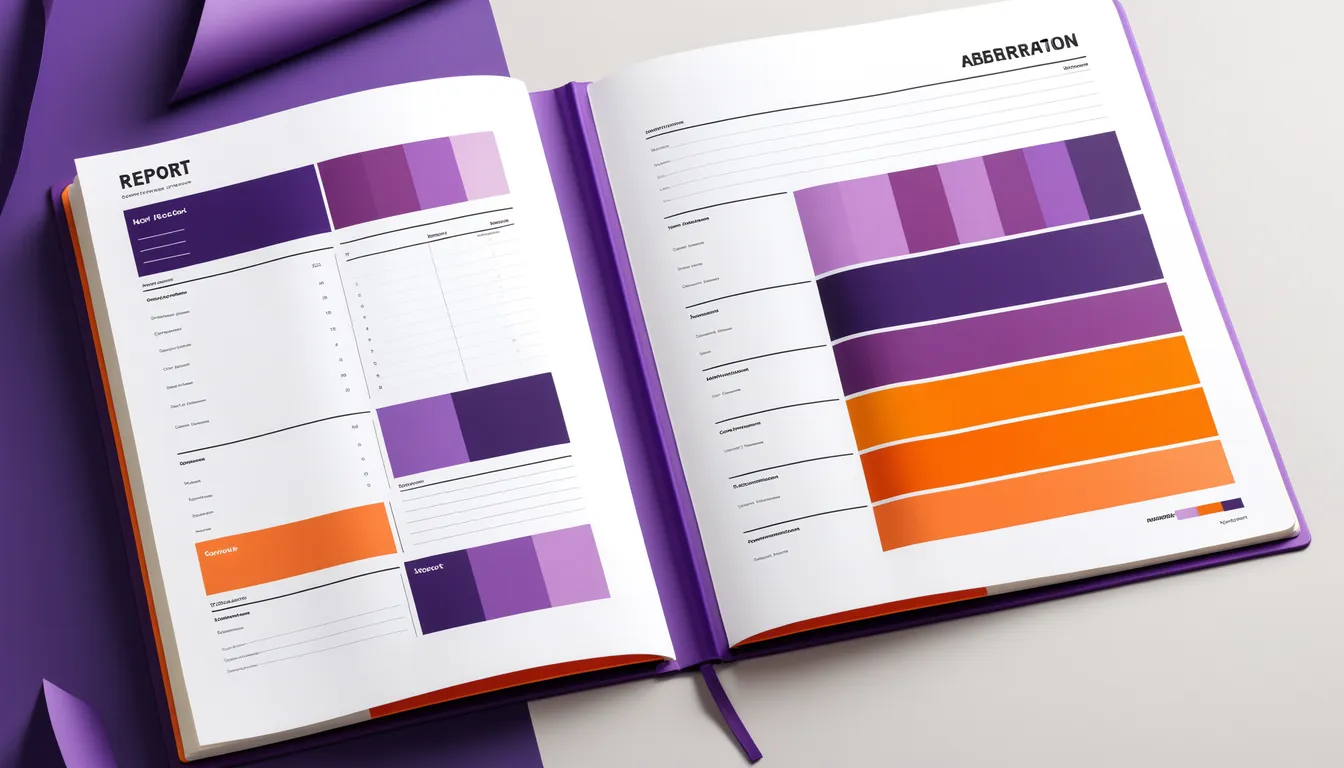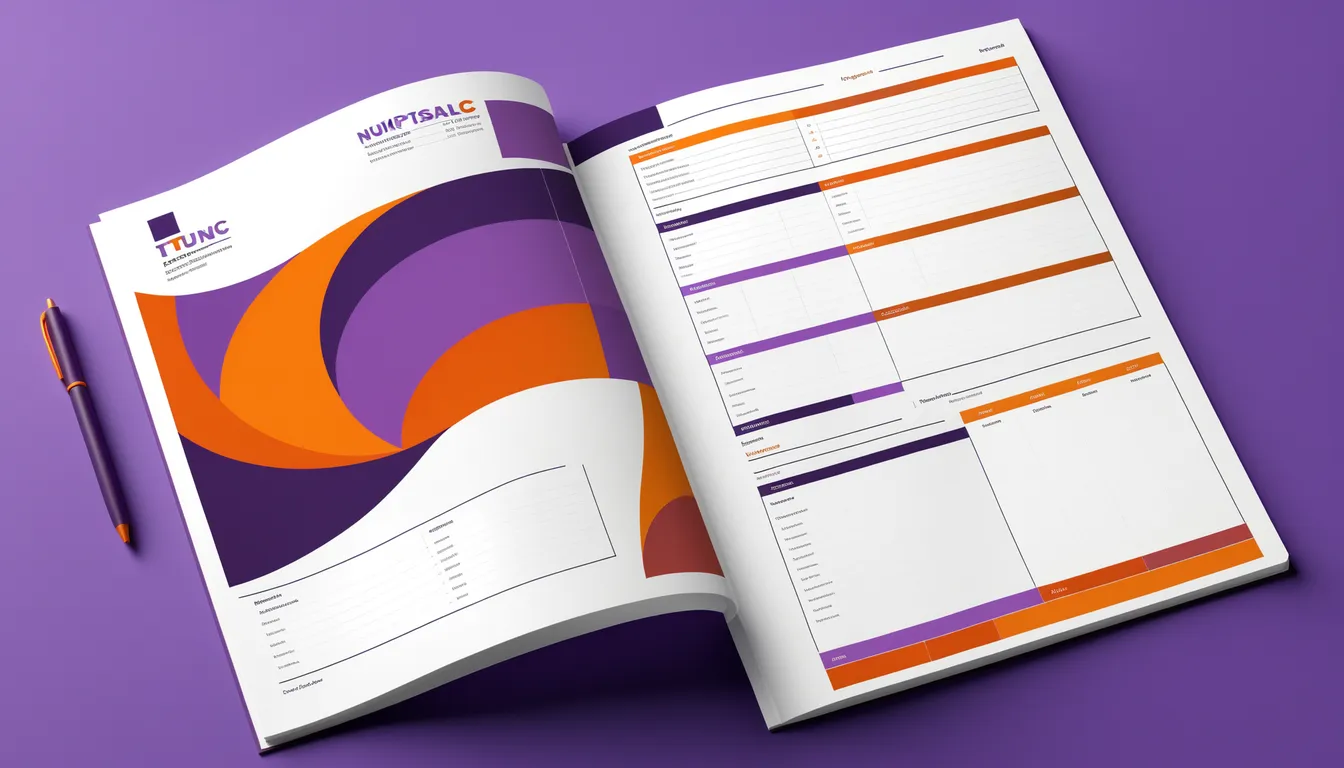Chapter 4:
Chart of Accounts
4.0 Introduction
The chart of accounts provides a structured framework for organizing, recording, and reporting financial transactions. It serves as the backbone of a financial management system, enabling accurate tracking of assets, liabilities, equities, revenues, and expenditures (expenses). A well-designed chart of accounts supports compliance with legal and organizational requirements, facilitates budgeting and financial analysis, and ensures consistency and clarity in financial reporting. The chart of accounts also must align with the necessary reporting and auditing standards of the local unit.
This policy introduces a seven-digit chart of accounts. Its goal is to emphasize the importance of a workable and adaptable chart of accounts rather than prescribe a one-size-fits-all solution because of the diverse structures, fund types, and accounting software systems used by local units in North Carolina. The finance officer must adapt and implement the chart of accounts to meet the legal, organizational, and budgetary requirements of the local government. The design and structure of a chart of accounts also are shaped by the capabilities, limitations, and integration features of the unit’s accounting software.
4.1 Legal Requirements and Generally Accepted Accounting Principles
G.S. 159-25(a)(1) states that the finance officer shall keep the accounts of the local government in accordance with generally accepted accounting principles (GAAP). The chart of accounts provides a uniform and orderly list from which each unit can select the accounts applicable to the respective financial transactions. Using a chart of accounts allows a local unit to produce annual financial statements that are materially accurate and prepared in accordance with GAAP, which are fundamental requirements to receive an unmodified audit opinion.
G.S. 159-26(a) is even more specific, requiring each local government to establish and maintain an accounting system designed to show its assets, liabilities, equities, revenues, and expenditures (expenses) in detail. This requirement ensures that financial transactions are captured with the applicable accounts of a double-entry accounting system and are reflected in the three primary stock categories of the balance sheet – assets, liabilities, and equities – and in the two primary flow categories of the operating statement – revenues and expenditures (expenses).
Assets are resources controlled by the local government that have current or future economic benefits. Liabilities are obligations the local government owes to others, such as short-term or long-term debts. Equity is referred to as fund balance for governmental funds and net position for proprietary and fiduciary funds. It represents the residual resources available after subtracting liabilities from assets. Revenues are funds earned or received annually by the local government to support service delivery. Expenditures (expenses) are the costs incurred by the local government to provide services and carry out its operations.
Local governments in North Carolina are required to use a double-entry accounting system that ensures every financial transaction is recorded with equal debits and credits. This system helps maintain accuracy and compliance with state regulations, such as the North Carolina Local Government Budget and Fiscal Control Act. It ensures the accounting equation is balanced, where total assets must equal total liabilities and equities. It also provides accountability and transparency in the use of public funds.
4.2 Standard Classification System
Local governments in North Carolina use fund accounting to organize financial transactions by source or purpose. Each fund acts as a self-balancing set of accounts. Revenues are classified based on their source, enabling local governments to track the origin of the funds earned or received. Expenditures (expenses) are categorized by purpose to ensure accountability for how funds are used for service delivery.
A standard chart of accounts includes a hierarchical coding system to classify each transaction. The following hierarchy shows how expenditures (expenses) can be coded to categorize them by purpose:
- Fund Code: Identifies the specific fund (e.g., general fund, enterprise fund)
- Function Code: Represents related functions or departments (e.g., public safety, general government, parks and recreation, solid waste).
- Activity Code: Represents a specific line of work (e.g., residential refuse collection, household recycling, yard waste).
- Object Code: Accounts for the purpose of the expenditure or expense (e.g., salaries, supplies).
All local units must classify financial transactions by the fund, function, and object codes. Management must then determine, based on the size and complexity of the organization, the remaining hierarchical categories that support a well-designed chart of accounts.
4.3 An Example Chart of Accounts
Small local governments may be able to use a seven-digit chart of accounts, representing the example contained in this section. Medium and large local units often use more digits based on their management needs.
Seven-digit structure:
| Fund Code | Account & Subaccount Code | Object Code |
| X | XXXX | XX |
4.3.1 Fund Codes
There are potentially eleven fund types that a governmental entity may have, depending on their size and complexity. While small local governments have fewer fund types and often use one-digit codes, medium and larger local units may need two-digits in this category as the number of fund types increase or the number of funds within a fund type increase (other than the general fund). The eleven fund types identified by generally accepted accounting principles (GAAP) are:
General Fund. The general fund represents the main operating fund and should be used to account for and report all financial resources not accounted for and reported in another fund. Every governmental entity must have only one general fund.
Special Revenue Funds. Special revenue funds are used to account for and report specific identifiable revenue sources that are restricted or committed for specified purposes other than debt service or capital projects. Common special revenue funds in North Carolina include grant project funds, fire district funds, and E-911 funds. Governments may have multiple individual special revenue funds.
Debt Service Funds. Debt service funds are used to account for and report financial resources that are restricted, committed, or assigned for principal and interest costs. Financial resources that are being accumulated for principal and interest maturing in future years are also accounted for in debt service funds. These funds are not commonly reported by most North Carolina governments, and they are generally not recommended unless required by a bond order or law.
Capital Projects Funds. Capital projects funds are used to account for and report financial resources that are restricted, committed, or assigned for capital purposes other than for enterprise funds, internal service funds, and any fiduciary activities (i.e., pension trust, investment trust, private-purpose trust, and custodial funds). The funds may be used for the acquisition or construction of capital assets and/or the accumulation of resources for future capital purposes. Governments may have multiple individual capital projects funds.
Permanent Funds. Permanent funds are used to account for and report on financial resources that are restricted such that earnings, but not principal, may be used to support the reporting government’s programs. The need for such funds is rare in North Carolina.
Enterprise Funds. Enterprise funds may be used for any activity where a fee is charged to external users for goods or services. The use of an enterprise fund is required if any of the following circumstances exist:
- The activity is financed with debt that is secured solely by the pledge of the net revenues from fees and charges of the activity.
- Laws or regulations require that the activity’s primary costs of providing services must be recovered from fees and charges.
- Pricing policies of the activity establish fees and charges designed to recover its costs.
In practice, the most used enterprise funds in North Carolina are water and sewer, electric, transit, and landfills. A few local governments also manage natural gas distribution systems. There are many other business-type activities that are reported as enterprise funds. It is not uncommon for governmental entities to report multiple enterprise funds.
Internal Service Funds. Internal service funds are used to report any activity that provides goods or services to other funds, departments, or agencies of the governmental entity. These funds are internal cost accounting mechanisms that should be reported on a reimbursement basis. Larger governmental entities are more likely to have internal service funds. They are never required by GAAP.
Pension Trust Funds. Pension trust funds are used to account for pension plans and other post-employment benefit (OPEB) plans administered by the government through a trust. Some governments in North Carolina manage their own single-employer pension plans through a trust, as well as the Law Enforcement Separation Allowance. A few other governments have created trusts to manage their own OPEB plans.
Investment Trust Funds. Investment trust funds are used to report fiduciary activities from the external portion of investment pools. North Carolina statutes do not allow local governments to manage another local unit’s investments, so such funds are not used.
Private-Purpose Trust Funds. Private-purpose trust funds are used for fiduciary activities that are managed through a trust that benefits external parties. While rare in North Carolina, such activities do exist, and the fund type may need to be reported.
Custodial Funds. Custodial funds report fiduciary activities that are not legally entrusted and are not required to be reported in a pension trust, investment trust, or private-purpose trust fund. The most common activity for a custodial fund in North Carolina is where the county government manages property tax collections on behalf of municipalities within the county.
Of these fund types, the most common for most small and medium-sized governments are the general, special revenue, capital projects, and enterprise funds. Thus, the seven-digit approach is usually sufficient. This policy does not assign specific fund numbers to the funds due to the variety in the number and types of funds which a local government or public authority may operate.
4.3.2 Account and Subaccount Codes
The account and subaccount codes are used for the asset, liability, equity, and revenue accounts within eachfund, where the first two digits are designated for the account type (receivables) and the second two digits designated for the subaccount type (e.g. accounts receivable, taxes receivable, interest receivable).
The account and subaccount codes also are used for the expenditure (expense) accounts within each fund, with the first two digits showing the function (solid waste) and the second two digits showing the activity (recycling). How each governmental entity structures the account numbers to reflect both the account and subaccount account information will differ from entity to entity. A broad example of the basic structure could be:
1000 – 1999 Assets
2000 – 2999 Liabilities and Equity
3000 – 3999 Revenues
4000 – 9999 Expenditures (Expenses)
It should be noted that balance sheet accounts that are maintained in the general ledger for each fund will vary considerably from unit to unit. A local unit with a robust system of subsidiary ledgers will need fewer general ledger accounts than a unit with a more limited system.
4.3.3 Object Codes
The final two digits of the seven-digit chart of accounts, object codes, identify either the source of the revenue or the purpose of the expenditure (expenses). An example of a revenue source code would be the residential property taxes billed and collected for the current year. An example of an expenditure purpose code would be supplies.
As the possible combinations of the account codes, subaccount codes, and object codes are so extensive and unique to each governmental entity, examples of numerical assignments are not included.
4.4 Adapting the Standard Chart of Accounts
The chart of accounts should be reviewed before the adoption and implementation process to determine what adjustments, if any, are necessary to make the classification system applicable to the requirements of the respective local unit. The standard classification system includes those accounts commonly found in accounting software systems of local governments. Some units, however, may not need all the accounts provided and should not adopt and implement them.
The balance sheet accounts and the operating statement accounts, when adapting the chart of accounts to an individual local unit, should be maintained in the same order as they appear in the standard classification system and an account should be set up for each separate financial transaction performed by the local unit. The organizational structure of many local units is such that departments generally represent functions of the local government, and divisions within each department represent activities of the respective department.
Functions and activities are not always aligned even in the best organized units, and related activities may be performed by different divisions in different departments. Therefore, a local unit may need to rearrange accounts to build a classification system that fits the nuances of its organizational structure. A certain activity also may be performed by a division other than the one under which the account appears in the standard classification system. This may require changes to the chart of accounts to accurately capture the financial transaction of the activity in the division for which it occurred.
When two or more activities are performed as a single unit, it may be impossible to determine the cost of each separately. If these activities are so interwoven in the daily routine of operation and cannot be split up into component elements except arbitrarily or by elaborate cost methods, an attempt to segregate them would not be beneficial. On the other hand, direct expenditures (expenses) for activities not part of the daily routine of a division may be segregated from the other expenditures (expenses) of the same division. The combining of several activities under a single department or division also may be desirable in local units to accommodate the classification system and to meet the objectives of a chart of accounts.
4.5 Budget and Chart of Accounts
G.S. 159-8(a) requires that each local government operate under an annual balanced budget ordinance. G.S. 159-13(a) then states that the budget ordinance may be in any form that the board considers most efficient in enabling it to make the fiscal policy decisions embodied therein, but it shall make appropriations by department, function, or project and show revenues by major source.
GAAP require annual financial schedules that compare (1) actual revenues collected by each major revenue source with the estimated amounts of these same revenue sources as found on the budget ordinance and (2) actual expenditures made by department, function, or program categories with the appropriations of these same appropriation categories found on the budget ordinance.
Therefore, local units estimate revenues for the coming fiscal year based on the revenue sources listed on the chart of the accounts and make appropriations by the expenditure purposes listed on the chart of accounts. These revenue sources and expenditures purposes can then be consolidated at the end of each fiscal year to comply with GAAP requirements to produce financial schedules that show budget-to-actual variances. One important use of these schedules is to monitor the accuracy of revenue estimation methodologies. Another important use is to monitor budget ordinance violations, which occur when actual expenditures made by a department, function, or program exceed the respective appropriation amount found on the budget ordinance.
4.6 Conclusion
This policy presents the purpose of the chart of accounts before presenting how local units must adapt and implement a chart of accounts based on the legal, organizational, and budget requirements of the individual local government. It then presents a seven-digit chart of accounts, understanding that local units often use charts with more digits based on their individual needs. Again, it would be unrealistic to provide a one-size-fits-all solution given the different organizational structures, types of funds, and accounting software systems currently in use by local units in North Carolina.
It also is recommended that finance officers review their charts of accounts on an annual basis, modifying, renaming, and consolidating accounts when needed and deleting accounts that are not in use. Again, the chart of accounts is the backbone of the financial management system and should be as accurate as possible to meet the six objectives of a chart of accounts. They are accountability, budget management, financial planning, management information, financial statements, and statistical reporting.
4 Chart of Accounts
Sample Ordinances and Policies
4 Chart of Accounts
Implementation Tools

NC League of Municipalities Chart of Accounts Sample (Small Municipality)


